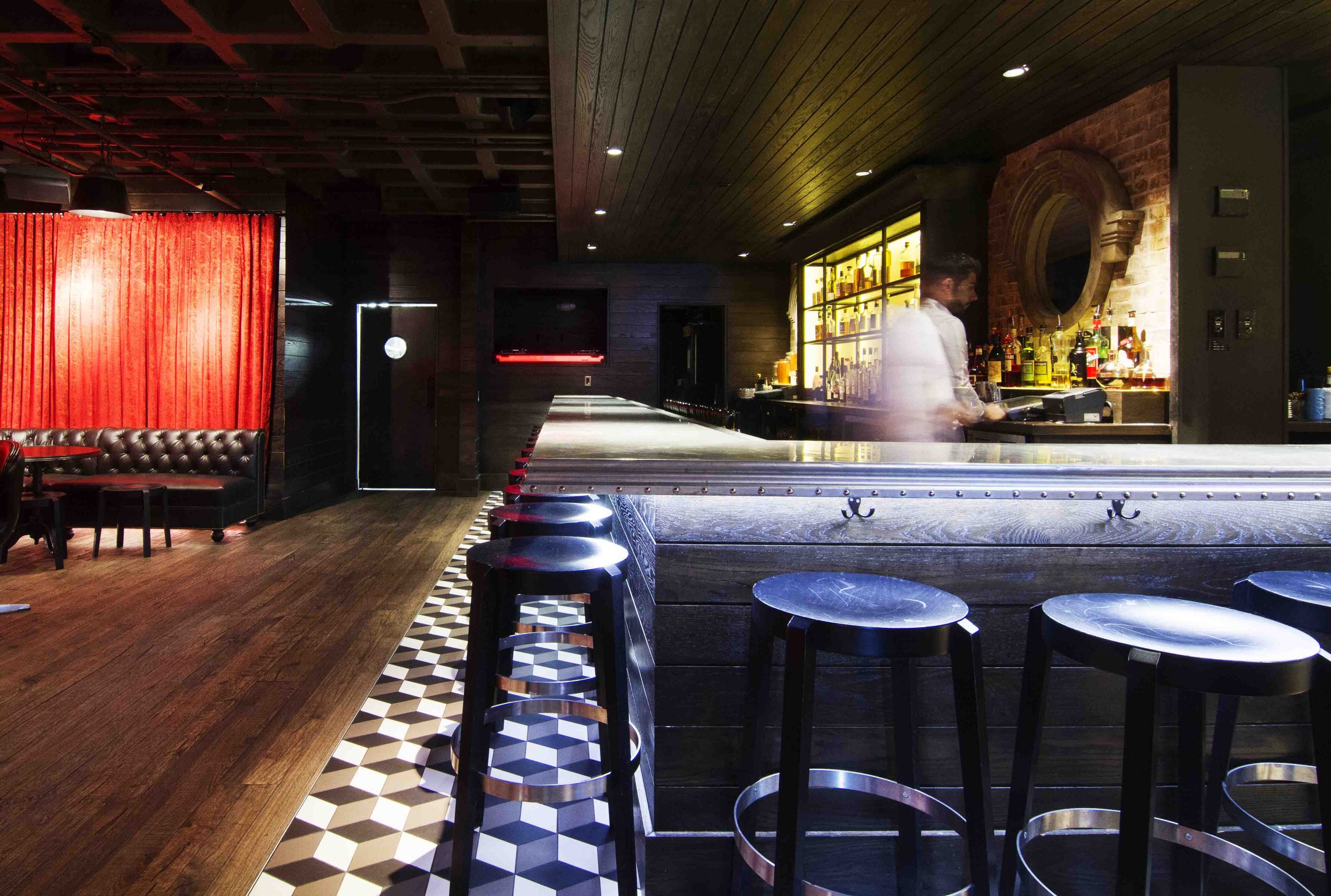


What’s the most important part of bar management for you? Finding the best cocktail recipes? Promoting your bar on Facebook?
What about controlling your bar’s liquor inventory?
It’s the least sexy part of being a bartender, we know. But without efficient inventory management and solid processes behind the scenes, it’s difficult to run a successful bar.
Understanding exactly how to do liquor inventory is the first step.
Next, you’ll need to keep an organized record of your orders and invoices—of everything you bought and sold, and when.
However, ordering and invoicing for a business is complicated. Especially for a bar.
It involves endless paper trails, a high volume and variety of product flow, and the need to coordinate with many different people. Some bar managers use traditional pen-and-paper methods, and others make it easier with inventory management software.
We’re here to shed some light on the complexities of bar management, which include learning how to manage invoicing and ordering for your bar.
Let’s get down to business.

After counting your liquor inventory and determining your usage, it’s time to put together that order.
An important part of taking liquor inventory is knowing how much product you’ve used (or lost) during a given period. But without keeping track of your invoices and comparing them to your usage and sales data—which we’ll look at in part 3 of this blog series—you won’t know what was sold and when.
Without a visible invoice history, it will be impossible to track whether or not product has been sold, gone missing, or been given away for free. You won’t be able to monitor pour costs or easily calculate drink prices.
Bar managers need to adequately control their invoicing process for the following reasons:
There’s no easy way to track a paper trail of invoices. Unless you invest in ordering and invoicing software that’ll do it for you, it’s simply going to take time and organizational skills. We generally recommend filing invoices in date order, and then alphabetically by distributor. But if you can further categorize them by liquor type, you’ll save some extra time. This way, when you’re comparing invoices with the PMIX report from your POS, you’ll have the most recent invoices clearly categorized and readily available.
Without an organized and efficient invoicing system, it’s impossible to keep track of your sales history, of what you used and how much, of what worked and what didn’t. This information is crucial to better managing your sitting inventory, pars, orders, and profitability in the future.
In part 3 of this series, we’ll go through the step-by-step process of exactly how to do this.
Ordering and invoicing for a business can be a painful process. So we decided to make it easier.
With BevSpot’s inventory software, your usage counts, orders, and invoices are kept in one easy-to-use platform. Orders are automatically generated and sent to all your reps with one click. Invoice history, POS data, and all those important sales numbers are displayed in one clean package.
Schedule 15mins to chat with a product specialist
Start a FREE Trial Today! BevSpot offers full product education and account setup for all customers! No card Information needed!
